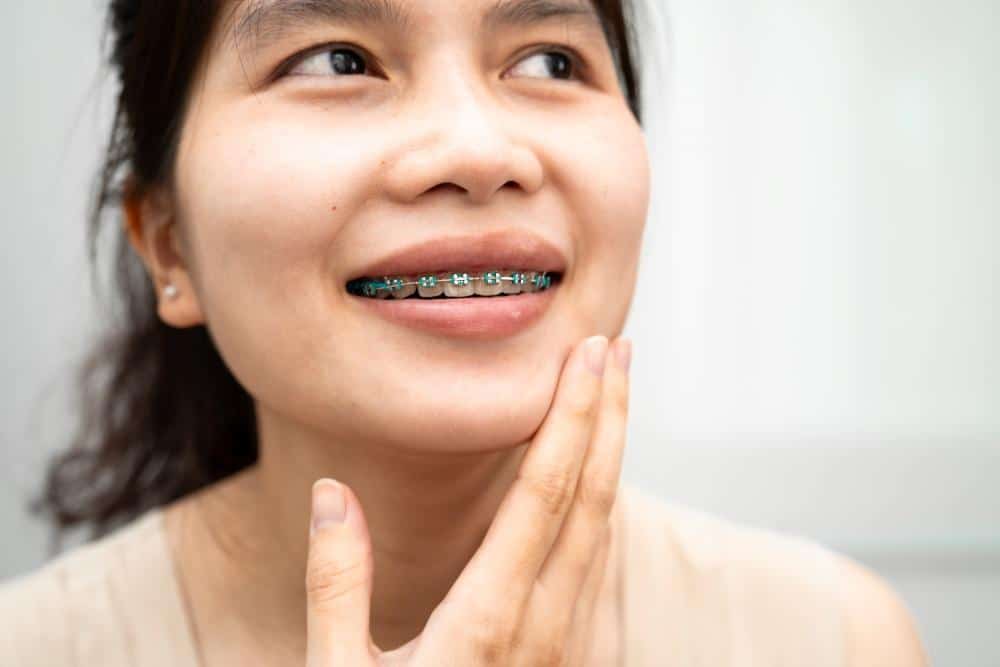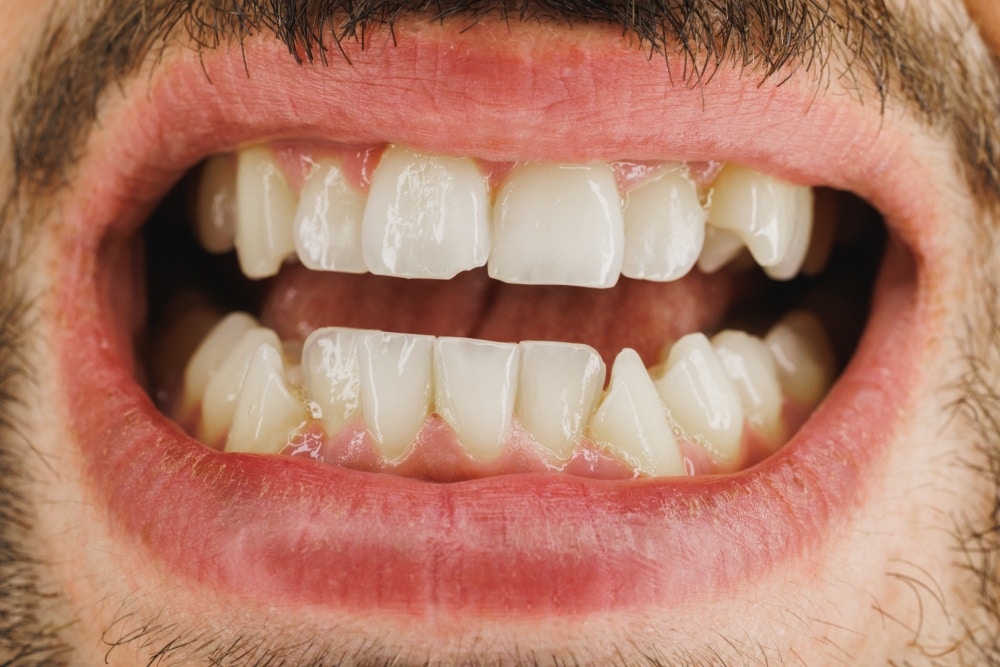

How to Fix Malocclusion in Children: A Guide to Causes, Diagnosis, and Treatment
When a child’s bite doesn’t align the way it should, whether the teeth are too crowded, spaced out, or the upper and lower jaws meet unevenly, it can cause more than just cosmetic concerns. These issues, commonly grouped under a condition called malocclusion, can affect eating, speaking, and even long-term dental development.
From overbites and underbites to crooked or overlapping teeth, bite problems in kids are more common than many parents realise. Some arise due to family genetics, while others develop from childhood habits or injuries. The good news is, there are clear ways to manage and treat malocclusion once it’s identified. Depending on the child’s needs, these may include braces, removable appliances, or space maintainers to guide proper alignment.
If you’re wondering how to fix malocclusion in children or what your next step should be, this guide can help you understand what’s going on and what actions to take, without the guesswork.
What is Malocclusion?
Malocclusion happens when a child’s teeth don’t align properly due to crowding, spacing, or jaw misalignment. This means the upper and lower teeth may not meet as they should when the mouth is closed. Some children may have front teeth that jut out, while others might have overlapping or rotated teeth that make cleaning difficult.
Beyond appearance, this can affect how a child chews, speaks, or even breathes. In some cases, poor alignment may also cause certain teeth to bear more pressure than others during biting or chewing, which can eventually lead to discomfort or strain in the jaw. For some kids, malocclusion may also make them feel self-conscious, especially if speech or facial symmetry is affected.
Classifications of Malocclusion
Malocclusion can show up in a few different ways, depending on how your child’s teeth or jaws are positioned. Some bite issues are easier to spot than others, but all of them can affect how your child chews, speaks, and feels about their smile.
- Overbite: The upper front teeth extend noticeably over the lower front teeth, often covering them partially when the mouth is closed.
- Underbite: The lower teeth push forward past the upper teeth, which can give the appearance of a protruding jaw.
- Open Bite: There’s a visible gap between the upper and lower front teeth when your child bites down, making it difficult to bite into certain foods.
- Crossbite: The top and bottom teeth don’t line up properly; some upper teeth may sit behind the lower teeth, either in the front or the back of the mouth.
What Causes Malocclusion?
Malocclusion doesn’t usually come from just one cause. In fact, it often develops over time from a mix of inherited traits and early childhood habits. Some children may be born with jaw sizes that don’t match up well, while others may develop alignment issues from lifestyle or dental changes during growth.
Here are some common contributors:
- Genetics: Family traits can influence the size and shape of your child’s jaw and teeth, which affects how their bite develops.
- Prolonged Thumb-Sucking or Pacifier Use: These habits can shift tooth positioning, especially if they continue past the age of 5.
- Loss of Baby Teeth at the Wrong Time: Losing teeth too soon or too late can interfere with how permanent teeth grow in and line up.
- Jaw Injuries: Trauma to the jaw can change how the upper and lower jaws meet.
- Crowding or Spacing Issues: If the mouth is too small, teeth may overlap. If there’s too much space, teeth can shift out of alignment.
Who is at Risk for Malocclusion?
Certain habits and developmental patterns in early childhood can raise the chances of malocclusion later on. While genetics plays a role, some acquired behaviours may increase the likelihood of bite issues if they persist past the toddler years. Some of these include:
- Prolonged Thumb or Finger Sucking: Children who continue sucking their thumbs or fingers beyond the age of 5 may place repeated pressure on developing teeth and jaws, which can cause alignment problems over time.
- Limited Gaps Between Baby Teeth: When there’s not enough spacing between baby teeth, permanent teeth may not have room to come in properly, leading to crowding or misalignment.
- Long-Term Use of Pacifiers or Bottles: Using pacifiers or bottles well into the preschool years can affect how the jaw grows, particularly the upper arch.
- Breathing Through the Mouth or Unusual Swallowing Patterns: These habits can impact jaw development and contribute to an open bite or other alignment concerns if left unaddressed.
Recognising the Signs and Symptoms of Malocclusion
Malocclusion doesn’t always cause pain, but there are physical and functional signs parents can watch for, especially during the early years when baby teeth give way to permanent ones.
- Crowded, crooked, or overlapping teeth: Teeth that are out of alignment or too close together can trap food and plaque, making daily brushing less effective
- Difficulty chewing or biting: A misaligned bite might cause discomfort or uneven pressure during meals, leading to complaints about chewing or avoiding certain foods.
- Speech issues like lisping: When teeth or jaw alignment affects how the tongue moves, a child may have trouble forming certain sounds clearly.
- Jaw clicking or popping: Sounds from the jaw while eating or speaking can point to an alignment issue affecting the jaw joint.
- Mouth breathing or frequent cheek biting: These habits may arise from shifts in jaw development or irregular contact between teeth during closure.
How is Malocclusion Diagnosed?
Malocclusion is typically identified during a routine dental visit. A dentist for kids may spot irregularities in how your child’s teeth are positioned or how their bite functions. If concerns arise, they might refer your child to an orthodontist for a more detailed assessment.
To make an accurate diagnosis, the following tools may be used:
- X-rays: These allow the orthodontist to examine the teeth, jawbones, and alignment beneath the surface, helping detect crowding or jaw discrepancies.
- Dental Impressions: A mould of your child’s teeth is made to study how the upper and lower sets fit together.
- Bite and Jaw Assessment: The dentist or orthodontist may also observe jaw movement, alignment, and the way teeth come together when biting.
An orthodontist can offer a complete evaluation and discuss whether early intervention or monitoring is needed.
How Do You Treat Malocclusion in Children?

Should your child require support for malocclusion, the treatment plan will depend on their age, the specific bite issue, and how far their teeth and jaws have developed. Many cases can be managed or even fixed without surgery, especially when detected and addressed early.
For babies with overbite or toddlers showing signs of crooked teeth, early intervention can help guide proper alignment before the condition worsens. A dental professional may suggest one or more of the following options:
- Tooth Extraction: When there’s crowding, selected baby teeth may be removed to create space for permanent teeth to grow in properly.
- Growth Guidance Devices: Used during growth spurts, these appliances help guide jaw development into better alignment while the bones are still forming.
- Mouth Appliances: Braces are fixed devices that gradually shift teeth into position. Removable options like retainers or clear aligners may be used depending on the case.
- Space Maintainers: If baby teeth fall out too early, these help preserve room for incoming adult teeth.
- Corrective Jaw Surgery: Reserved for more severe bite issues involving jaw structure, often addressed in later adolescence.
If you’re exploring options, an affordable dental clinic in Singapore like FDC can help assess whether early intervention or non-surgical treatments like clear aligners are suitable.



